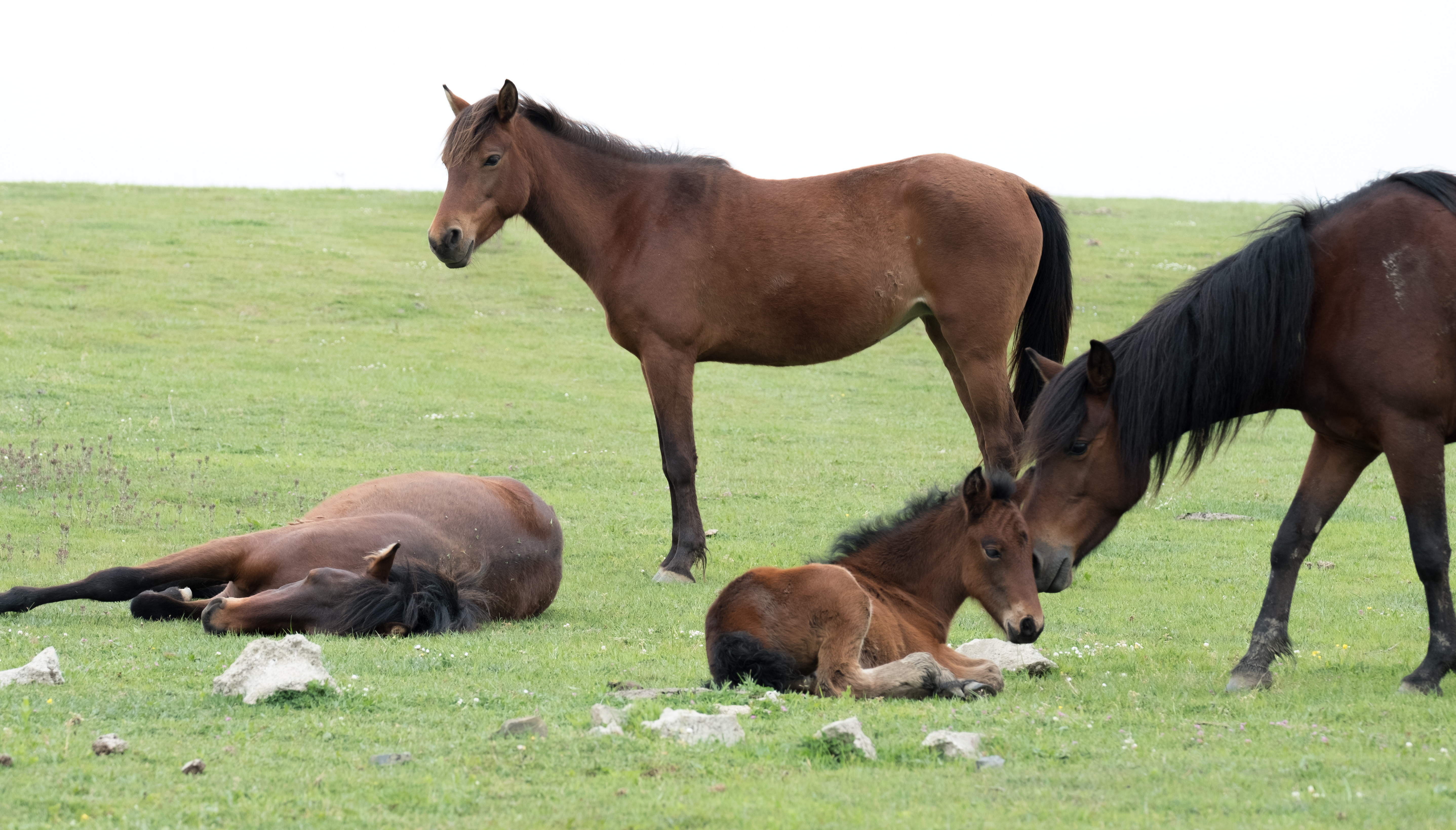
It is assumed that temperament is stable over a lifetime. What changes, depending upon the individual’s age, is how the traits of temperament show up. Activity level generally stays the same. This is a relatively simple expectation. The way non-adaptability traits show up in a baby and progress to adulthood may be somewhat less predictable as these traits can show up in various ways. For example, a baby that has a difficult time adapting to simple changes in routine may become a child who struggles with changes throughout the school day and later develops more complex patterns of adaptability problems into adulthood. Sometimes adults with difficulty adapting will characterize themselves as having “OCD” or being perfectionists. Usually, a look back will reveal these traits showing up at a very early age (Hinshaw, 2010).
We need to be cautious when we use temperament traits to predict an absolute path the individual’s life will take. A difficult temperament does not have to predict a teen life of delinquency or adult life of crime. Many other factors intermingle with temperament to help determine the course of an individual’s life. Parents and home environment are essential in the formula for determining a successful or unsuccessful outcome for a “difficult” child. There is a fine line between coddling a child with adaptability challenges, and forcing or pushing such a child. Using “clean and consistent limits, unemotionally yet with flexibility, adaptation is likely to be better” (Hinshaw, 2010). To a parent or caregiver negotiating this balance can feel more like an art than a science, and assessments and techniques must often be employed every single day on a situation-by-situation basis.
I think it is important to view temperament in this light – that all temperaments can serve a positive purpose in our world. Having this viewpoint can help parents ensure healthy attachment to their child regardless of temperament. A deep parent-child bond and closeness is highly favored in natural selection, and the long bonding period of humans makes this even more important. Unfortunately this strong bond doesn’t always exist between parents and their child, or there may be a strong bond between just one of the parents and the child. This can be greatly due to temperament – the child’s and the parent’s. Attachment with a parent relies heavily on the interaction between parent and child. The responsiveness and caring of parents has a strong effect on the development of a child with a particular attachment style.







